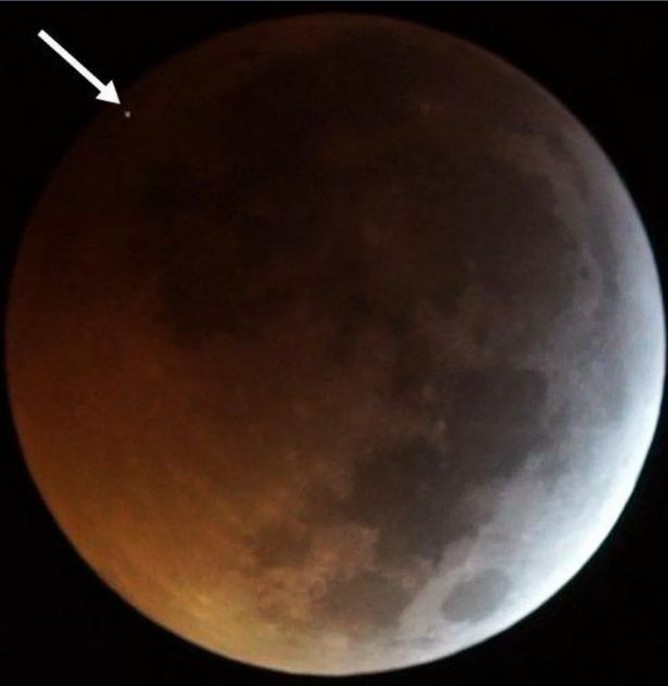The moon is knocked out by the cosmic rock at over 61000 km / h
technology·@technologycorner·
0.000 HBDThe moon is knocked out by the cosmic rock at over 61000 km / h
During the last lunar eclipse, astronomers have observed a very interesting event, namely a meteor striking the surface of our satellite at unimaginable speed. This unusual situation occurred at the beginning of this year, literally a moment after the start of the eclipse, the meteorite hit the surface of the Moon, causing a short but visible flash, noticed by amateur astronomers from the northern hemisphere of our planet. The phenomenon has also been noted by scientists, thanks to which - after months of analysis of recordings from the impact recorded by the fleet of 8 telescopes in southern Spain, we learned how much the Moon was hit and from whom exactly. According to a study recently published in the Monthly Notice of the Royal Astronomical Society, the impact occurred on January 21, the meteorite was between 30 and 60 centimeters in diameter and hit the surface of the Moon at over 61,000 km / h. It was enough for a crater measuring about 15 meters to appear on the surface of the Earth's satellite, which was determined on the basis of in-depth flash analysis, which lasted only 0.28 seconds and was recorded by Moon Impacts Detection and Analysis System, or MIDAS telescopes. <center>  </center> <i>IMG Source: Fot. J. M. Madiedo (MIDAS)</i> Thanks to the recordings it was possible to determine that during the impact the temperature reached 5400 ℃, which is more or less the same as on the surface of the Sun. Based on this information, the team calculated the speed of the meteorite, its size and weight (about 45 kilograms) and the diameter of the abandoned crater. To better illustrate the impact of this blow, the researchers said that it is more or less equal to planting 1500 kg of dynamite on our nearest cosmic neighbor. These numbers are impressive, but they are not uncommon - it is enough to recall that research published in 2016 suggests that about 140 new craters, measuring at least 10 meters in diameter, appeared annually on the surface of the moon. And since this one has no atmosphere, even the smallest cosmic stones make considerable damage on its surface. What is unique, however, it rarely registers such a phenomenon during its lifetime, and it is very important for a better understanding of the conditions prevailing in space, in terms of our future travels.
👍 c3zar, lifeinphotos, steemitianin, zrzutka, games24, dailydogs, bartek25, cryptomasters, resteeman, funnydogs, polaczek, svalley, eloraus, hogback, trumenli, mlminformator, identity.unknown, cryimages, mrpic, niceimages, rkiyosaki, toomuch, cryimage78, singlefon, lubieplacki, creativewomen, coinilusion, ccmaster, pnowak, magicalofficial, steemen, cryptojoda, mrseba, panikrycha, technologycorner, team,